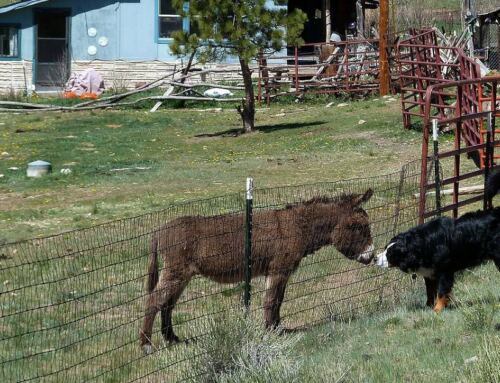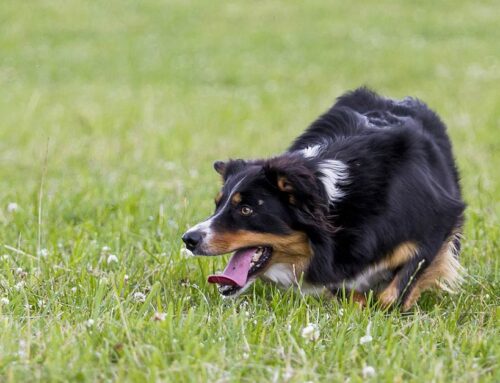I had a call recently from a concerned owner with a service dog who was becoming more and more reactive to sounds and changes in her environment. The dog was described as “timid” even on arrival into the home of her new handler. I will not address the reality that someone trained and placed a dog to be a service dog in the community who was timid and wary from the get-go. I wasn’t joking when I told the owner that he was going to be his dog’s service human.
As the conversation progressed I learned that they were located in a town where I knew there was a good trainer. A trainer who understood how animals learn, who has studied and practiced teaching new behaviors to animals, who knew how to discern between her ability to teach a behavior and an animal’s ability to learn it. This latter point is important. As trainers it’s important for us to be able to see when our own skills are lacking and not immediately assume that an animal requires more aversive techniques to be trained. Or if we do decide that we need to move up the scale and punish a dog we consider which type of punishment we will use and how it might adversely impact an animal’s behavior. I trusted this trainer to be able to do that intelligently.
My faith in humanity is always buffed up a bit when I speak with people like this fellow. He had already demonstrated compassion toward his dog and was doing some of the things I would have recommended; jollying and playing with the dog when she was afraid (as opposed to punishing her or making her deal with what was scaring her). As we were wrapping up the conversation he told me that he would do anything to help his dog and if what one trainer told him didn’t work, he’d find another. And suddenly the conversation wasn’t almost over.
I understood what he meant, and in practice changing trainers may be the best thing to do especially if a trainer has recommended the use of punishment but in this case I knew that if what my colleague advised him to do wasn’t working, he should return to her to find out why. Often when a training technique doesn’t work it’s not because the technique itself is flawed, it’s the application of it or that the process requires more time. Trainers hear it almost daily, “I’ve tried everything and nothing works,” the implication being that someone’s dog is especially recalcitrant, stupid, or aggressive (and far too often the justification for the use of training equipment designed to hurt or scare a dog). In this day and age when we can all be experts in the trivia of practically everything thanks to the non-stop availability of television shows, it’s easy to think we actually know something.
Most of our dogs do not require the subtlety of surgeons when it comes to being able to be trained to be good pets. But add fear, anxiety or phobias to a dog’s make up and the skill required to help them increases. Doing something right becomes paramount because of the risks involved with doing it wrong. To assume that a technique a professional, force-free, trainer recommends isn’t working, or working fast enough and moving on to find the next magic bullet can be a mistake.
Being willing to do what it takes to help a dog is admirable. And on that list should be knowing whose advice you are taking.





